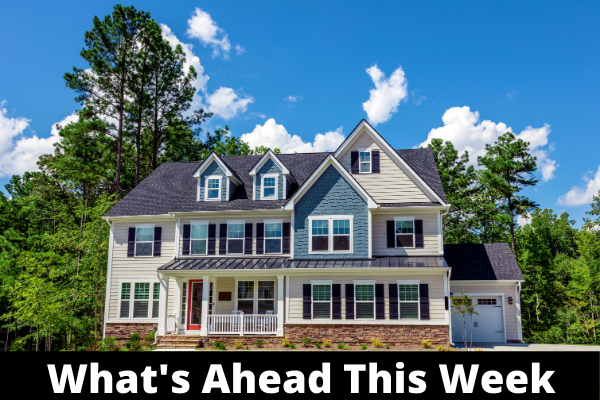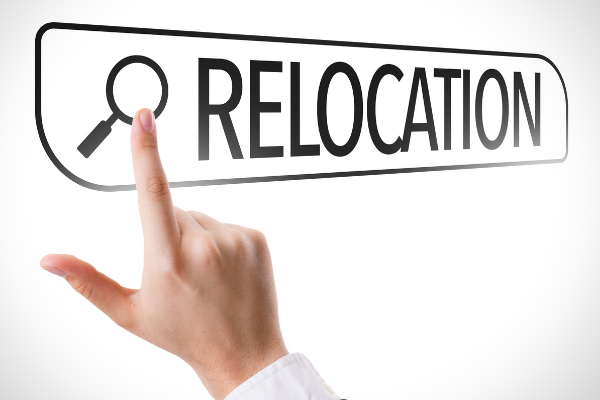What’s Ahead For Mortgage Rates This Week – April 26, 2021
 Last week’s scheduled economic news included readings on sales of new and previously-owned homes and weekly reports on jobless claims and mortgage rates.
Last week’s scheduled economic news included readings on sales of new and previously-owned homes and weekly reports on jobless claims and mortgage rates.
March Sales of Previously-owned Homes Dip; New Home Sales Rise
Sales of single-family homes fell in March as demand for homes exceeded availability. 6.01 million previously-owned homes were sold in March on a seasonally-adjusted annual basis; analysts expected a pace of 6.11 million sales based on February’s reading of 6.24 million sales of existing homes. The March reading for sales of pre-owned homes was 3.70 percent lower year-over-year and was the lowest sales pace reported since August 2020.
High demand for homes coupled with low inventories of available homes constricted sales. Lawrence Yun, chief economist of the National Association of Realtors® said, “Sales for March would have been measurably higher had there been more inventory.” Mr. Yun also addressed affordability concerns arising from lean inventories of homes and high demand. “Without an increase in supply, the society’s wealth division will widen with homeowners enjoying sizable equity gains while renters will struggle to become homeowners.”
The average price of a single-family home in the U.S. rose to $329,100 in March, which indicates year-over-year growth of 17.20 percent in home prices. While a six-month supply of homes for sale indicates an average inventory, the March inventory of homes for sale rose to a 2.10-month supply from February’s 2.0- month inventory of homes for sale.
Shortages of existing homes for sale boosted March sales of new homes, which sold at a seasonally-adjusted annual pace of 1.02 million sales. Analysts expected 888,000 new homes to be sold year-over-year in March based on February’s sales pace of 846,000 new homes sold. Rapidly rising materials costs created obstacles for builders and limited their ability to meet the need for affordable homes, but they raced to meet the ongoing demand for homes.
Mortgage Rates Mixed; Jobless Claims Fall
Average mortgage rates fell below three percent last week; the rate for 30-year fixed-rate mortgages dropped by seven basis points to 2.97 percent. Rates for 15-year fixed-rate mortgages averaged 2.29 percent and were six basis points lower. Rates for 5/1 adjustable rate mortgages rose by three basis points to an average rate of 2.83 percent.
Jobless claims were lower last week with 547,000 new claims filed; analysts expected 603,000 initial claims filed. 586,000 first-time claims were filed in the prior week. Claims were also lower for ongoing claims filed. 3.67 million continuing jobless claims were filed as compared to 3.67 million continuing claims filed in the prior week.
What’s Ahead
This week’s scheduled economic reports include readings from Case-Shiller Home Price Indices, data on pending home sales, and the University of Michigan’s consumer sentiment index. Weekly readings on mortgage rates and jobless claims will also be published.

 When buying a new home, you may have a close eye focused on your budget and expenses, and your goal may be to keep related expenses to a minimum. However, you may also be well aware that a real estate purchase is a legal transaction, and you may be wondering if you need to pay for legal services from a real estate attorney. With a closer look, you can make a better decision that is right for your home buying plans.
When buying a new home, you may have a close eye focused on your budget and expenses, and your goal may be to keep related expenses to a minimum. However, you may also be well aware that a real estate purchase is a legal transaction, and you may be wondering if you need to pay for legal services from a real estate attorney. With a closer look, you can make a better decision that is right for your home buying plans. The idea of buying a home is challenging enough as the process requires a lengthy approval validation, paperwork, financing, and the actual move with logistics. However, when one really looks at what typically occurs with relocation, buying versus renting can start to make more sense over time.
The idea of buying a home is challenging enough as the process requires a lengthy approval validation, paperwork, financing, and the actual move with logistics. However, when one really looks at what typically occurs with relocation, buying versus renting can start to make more sense over time.